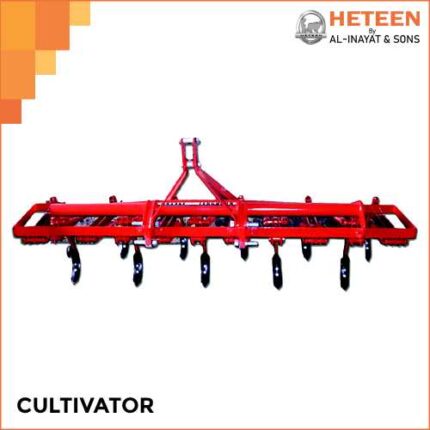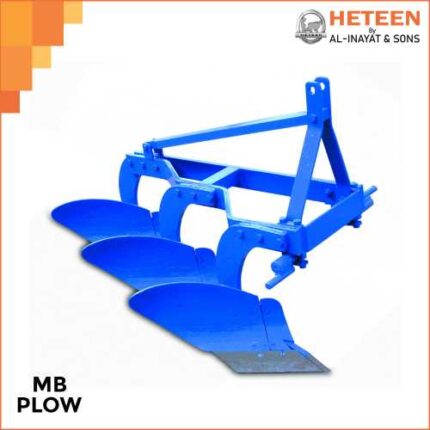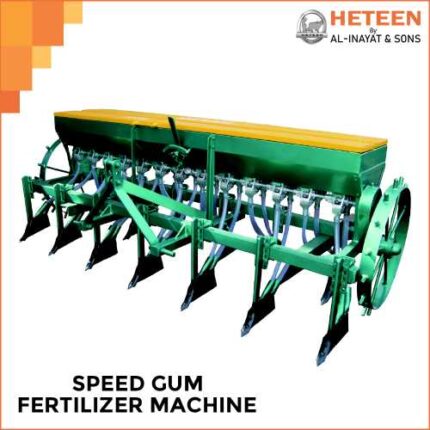Rotavator is a tillage machine designed for preparing land for soil seed. It use to brake and churn the soil. It save to 30-35% of the time and 20-25% in the cost of operation as compare to tillage by the cultivator..
Specification
| Blade | Working Width | Blade Spacing | Speed | HP | Weight |
|---|---|---|---|---|---|
| 42 | 1600mm | 225mm | 230-245rpm | 85 | 400kg |
| 48 | 1825mm | 225mm | 230-245rpm | 85 | 425kg |
| 54 | 2050mm | 225mm | 230-245rpm | 85 | 450kg |
| 60 | 2275mm | 225mm | 230-245rpm | 85 | 475kg |
| 66 | 2500mm | 225mm | 230-245rpm | 85 | 500kg |
Usage of a Rotavator
- Soil Tilling:
- Breaks up hard and compact soil to improve aeration and water absorption.
- Prepares the field for sowing seeds by creating a fine and even seedbed.
- Weed Control:
- Removes weeds effectively by cutting and mixing them into the soil.
- Soil Mixing:
- Mixes organic matter, fertilizers, and compost into the soil for better fertility.
- Land Leveling:
- Levels the field by breaking large soil clumps, ensuring uniform planting.
- Post-Harvest Residue Management:
- Incorporates crop residues (like stubble) into the soil, enriching it with organic material.
Working Process
- Attachment:
- The rotavator is attached to a tractor using a 3-point linkage and powered by the tractor’s PTO (Power Take-Off).
- Field Preparation:
- Clear the field of large rocks and debris before starting the operation.
- Operation:
- The rotating blades (or tines) of the rotavator dig into the soil as the tractor moves forward.
- The soil is cut, churned, and leveled in a single pass.
- Adjustment:
- Depth and blade speed can be adjusted based on soil type and the desired tillage depth.
- Post-Operation:
- Inspect the field for consistency and repeat the process if needed for optimal results.























Reviews
There are no reviews yet.